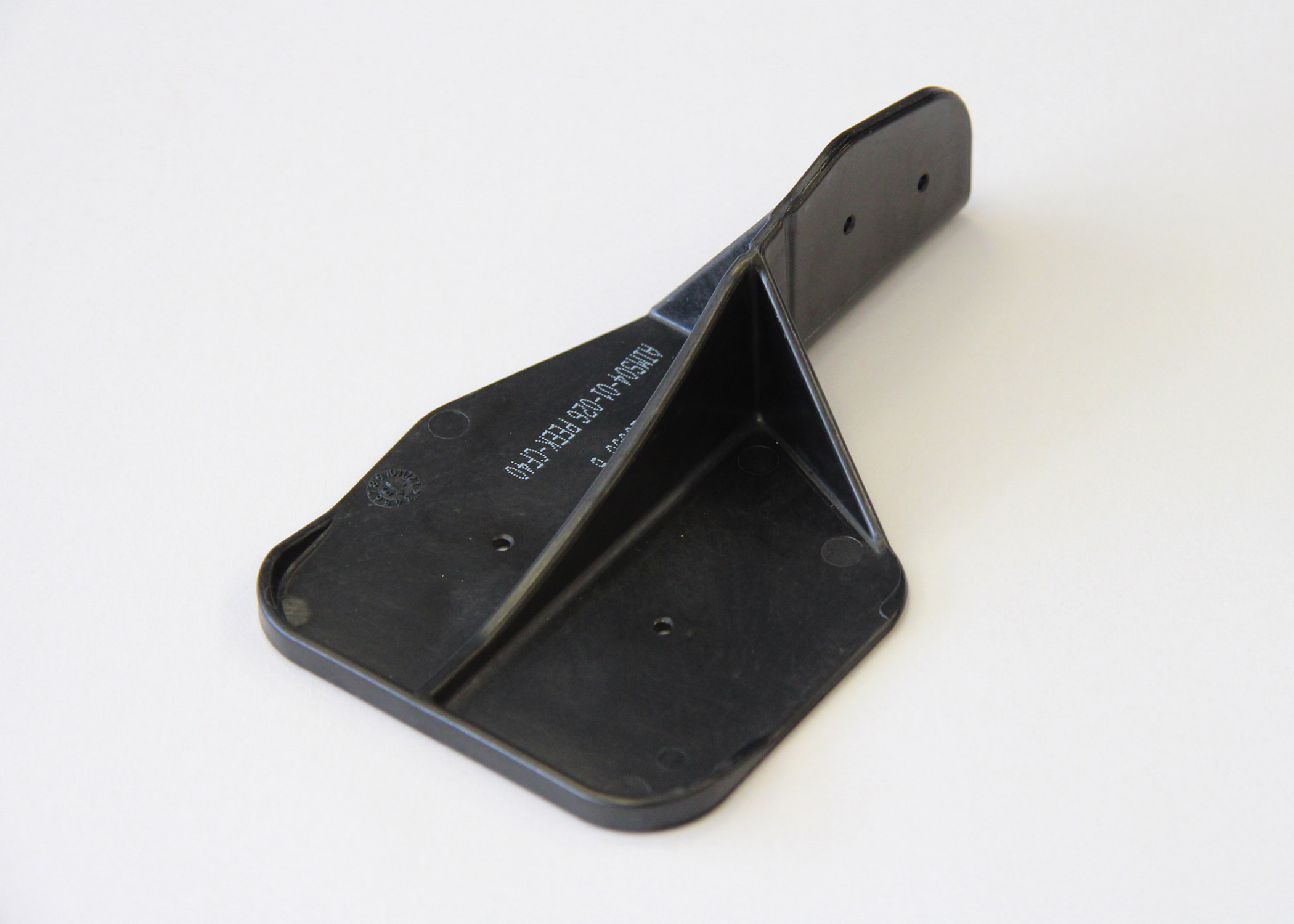
Airbus Helicopters is replacing aluminum in a fitting in the aircraft door of the Airbus A350-900 with a high-modulus, carbon fiber-reinforced high performance polymer.
The brackets, made from Victrex Peek 90HMF40, have been developed by Airbus Helicopters and are in serial production for commercial use after receiving the relevant component qualification. The successful substitution of metal has resulted in a 40% reduction in weight and costs. The injection-molded polymer solution replaces the higher cost manufacture of the bracket machined from an aluminum block.
The fiber-reinforced polymer (FRP) structure of the A350 XWB’s aircraft door uses an outer skin coupled with a bracing structure on the inside. A fitting connects the outer skin to points on the internal bracing structure. The two components form a box-type support structure to exploit the maximum geometrical moment of inertia.
Improved quality
‘In terms of the standard load case, i.e. the internal cabin pressure, this point-type joint reduces the deformation on the outer skin, thereby maintaining the aerodynamic quality of the aircraft door,’ said Christian Wolf, head of airplane doors research and technology at Airbus Helicopters. ‘All components in the aircraft door are of a singly-redundant design. If a component near the bracket fails, the bracket will provide an alternative path for transferring structural loads and is therefore part of the aircraft’s primary structure.’
According to Victrex, joining the PEEK component, instead of an aluminum component, to a thermoset makes drilling much easier, while improved carbon fiber reinforced plastic (CFRP) drills can improve the quality of the holes compared with the previous solution.
Victrex Peek 90HMF40 can withstand the moisture that accumulates inside aircraft doors, whereas aluminium, which is prone to corrosion, needed a special surface coating to prevent corrosion.
This story is reprinted from material from Victrex, with editorial changes made by Materials Today. The views expressed in this article do not necessarily represent those of Elsevier.





